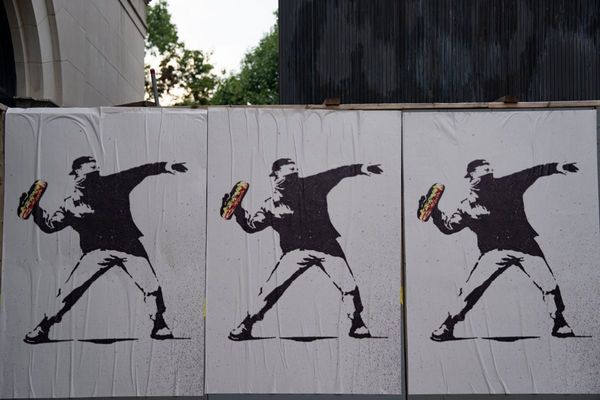
A truly mind-bending optical illusion is attracting attention over on Reddit – and I can see why, I've been staring at it for many minutes. The illusion looks simple at first – it's a set of stairs with a couple of coloured dots. And I'll be honest, it took me ages to make the effect happen. But once it does it is super-immersive, and one of the hardest to switch back to the way your brain originally saw the image.
"How is it switching like that?" asks one befuddled Redditor. "That's wild," says another. The stairs illusion is one of the classic optical illusion types, but that doesn't make it any less entrancing.
This some Harry Potter stuff from r/opticalillusions
Did the stairs switch configuration for you? And if so, can you make it switch back at will? I could switch the stairs from coming up from the ground to coming down from the ceiling, but I struggled to make them switch back again.
"I found that I can control it by looking at either the top left dark spot or bottom right dark spot," advice in the thread reads. "Draw a box around the image with your eyes. That should let your brain reorient each time you hit the dark blue part. That's what did it for me," offers another Redditor.
So how does this illusion work?
It's called a bistable illusion, which is the premise behind that spinning dancer illusion as well as the rotating horse, but this one is stationary rather than in motion. The National Library of Medicine defines the illusion as follows:
"Bistable images have the possibility of being perceived in two different ways. Due to their physical characteristics, these visual stimuli allow two different perceptions, associated with top-down and bottom-up modulating processes."
Another example of this illusion is this Super Mario illusion, which also uses stairs.

A helpful Redditor explains further in the comments:
"Since you perceive the collection of shapes as an emergent concept of stairs, it requires aggregating all the stairs features into one (this is encoded as a transient collection of neurons firing together)," they say.
"The ground truth shading in the image can support two "perceptual hypotheses" more or less equally. That is the stairs and their inverse. So, your brain doesn't converge to one perception over the other. It's kind of like one percept and the correlating neural activations are one attractor state, but the system can easily be perturbed and enter the other attractor state, which activates the neural correlates for the inverted percept. You can think of it like the system having two unstable, equal, minima/attractor points."
If you like your illusions more dizzying than switching, check out this beautifully arty Van Gogh optical illusion.







